EDUCATION
NEUROSCIENCE
UX/UI BOOTCAMP
COMPUTER SCIECNE
NEUROSCIENCE
UX/UI BOOTCAMP
COMPUTER SCIECNE
I attended Rhodes College, a liberal arts school in Memphis, TN, where I pursued a major in neuroscience and a minor in computer science. During my time at Rhodes, I honed my critical thinking skills, cultivated independent thought, and enhanced my abilities in writing and close reading. My experience in college allowed me to build connections and assume leadership roles on campus. I actively participated in student government, served on the student-run judicial board, and was elected to represent the student body on the school's board of trustees. Embracing a love for learning, I opted to teach myself a marketable skill: User Experience/User Interaction design. In September, I embarked on a UX bootcamp, which has been an enriching journey. Immersing myself in the course material and delving into online resources, I have eagerly absorbed as much knowledge as possible.
NEUROSCIENCE
Having a neuroscience degree in the field of user experience design provides me with a distinct advantage. My deep understanding of the human brain and behavior allows me to approach UX design with a unique perspective. I can analyze how users perceive, process, and interact with digital interfaces, ensuring that every aspect of the user experience aligns seamlessly with their cognitive abilities and preferences. With my knowledge of neuroscience, I can tap into the intricacies of human perception, attention, and memory to create interfaces that captivate and engage users effectively. I can conduct user research and usability testing with a deeper understanding of how individuals interpret and respond to design elements. This insight enables me to optimize interactions, streamline information flow, and ultimately enhance the overall usability and satisfaction of the products I design. By integrating neuroscience principles into UX design, I can create experiences that are not only visually appealing but also psychologically effective, fostering meaningful connections between users and the digital products they interact with.

UX/UI BOOTCAMP

I met with a UX designer in September, and later that month, I enrolled in the UX/UI bootcamp created by Google on Coursera. It is through this bootcamp that I have acquired most of my knowledge about UX design. In addition to my coursework, I have dedicated time outside of class to reading articles from the Nielsen Norman Group, watching Figma tutorials, and exploring resources from UX Collective. The bootcamp has been instrumental in propelling my progress, but I have also learned extensively through my self-directed efforts. I have read, "The Design of Everyday Things" (the newly revised edition) by Don Norman. Returning to a learning environment has been enjoyable, and I am excited to apply and showcase my work on this site and beyond.
COMPUTER SCIENCE
I took a computer science course during my first semester of sophomore year. I was immediately drawn to it because of its problem-solving nature. Throughout my journey, I've gained proficiency in programming languages such as Python, Java, a bit of C++, as well as tools like Weka and Tableau. When it comes to UX design, I firmly believe that comprehending computer science and understanding how a computer "thinks" is crucial for creating impactful designs. This knowledge enables me to effectively communicate and collaborate with engineers, ensuring a seamless integration of design and technology. My enthusiasm for computer science courses has only grown, and I'm eager to leverage my coding expertise and problem-solving skills to advance in the field of UX design.

CHRIS PRIGG’s design PORTFOLIO
the ‘logo’ is my thumb print and ensures all the work on this site is mine.
♠︎♥︎♣︎♦︎
the ‘logo’ is my thumb print and ensures all the work on this site is mine.
♠︎♥︎♣︎♦︎
